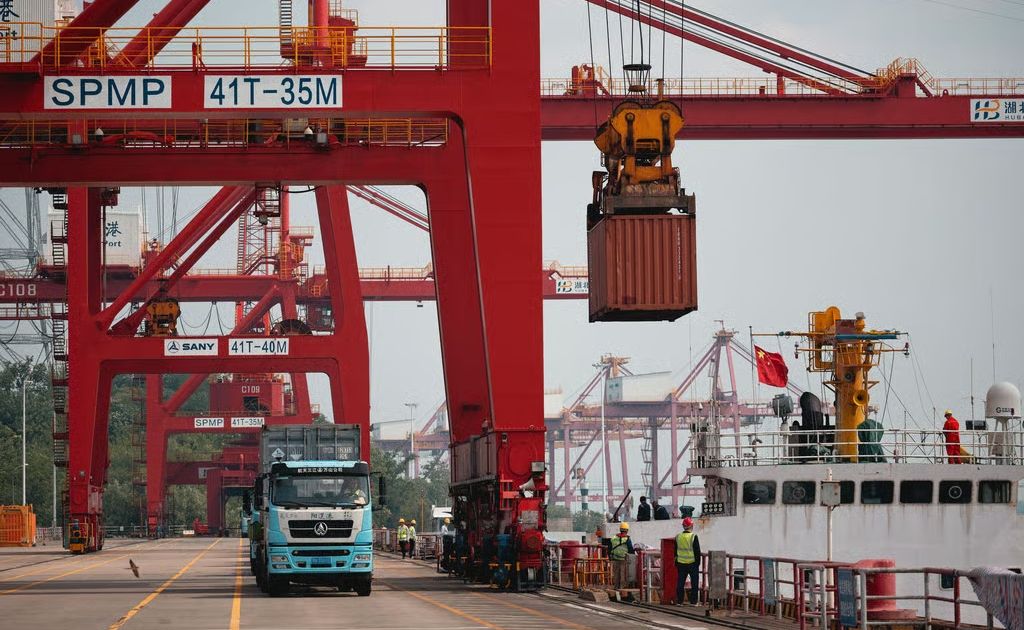Robert Gordon University (RGU) and McAlpha have developed an advanced Catalytic Membrane Reactor (CMR) technology, poised to change ammonia production. Ammonia production currently accounts for nearly 2% of global CO₂ emissions, producing
Robert Gordon University (RGU) and McAlpha have developed an advanced Catalytic Membrane Reactor (CMR) technology, poised to change ammonia production.
Ammonia production currently accounts for nearly 2% of global CO₂ emissions, producing approximately 450 million tons of CO₂ annually—more than the aviation industry. Traditional methods are energy-intensive and environmentally damaging. The CMR technology, developed in collaboration between RGU’s School of Computing, Engineering and Technology and McAlpha Inc., provides a decentralized, low-emission alternative powered by renewable energy sources.
Supported by the Net Zero Technology Centre (NZTC), the project combines electrocatalysis with advanced membrane technology, allowing for modular and scalable green ammonia synthesis using hydrogen from water and nitrogen from air. This development offers wide-ranging applications across agriculture, energy storage, and global decarbonization strategies, while enabling rural communities to produce fertilizer locally and sustainably.
The project was funded through NZTC’s Net Zero R&D Programme, financed by The Scottish Government, The Scottish Funding Council, and Scottish Enterprise.
Content Original Link:
" target="_blank">



































































